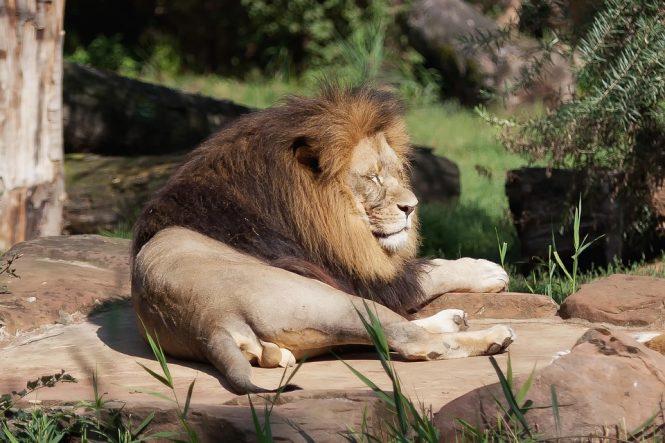
Zoo photography is a unique blend of art and science, offering a wonderful opportunity to connect with wildlife while honing your skills behind the lens. Whether you’re a seasoned photographer or a beginner looking to capture some stunning images, this guide will help you navigate the intricacies of zoo photography, providing tips and techniques to elevate your shots.
Understanding Your Environment
Choosing the Right Time to Visit
The time of day can greatly influence your photography. Early mornings or late afternoons are often the best times for several reasons:
- Natural Lighting: The soft, golden light during these hours provides a beautiful backdrop, enhancing the colors of your subjects.
- Animal Activity: Many animals are more active during cooler parts of the day, making it easier to capture dynamic shots.
Scouting Locations
Before you start shooting, take some time to explore the zoo. Familiarize yourself with the enclosures and the animals you want to photograph. Pay attention to:
- Lighting Conditions: Identify spots where the sun hits in interesting ways, creating dramatic shadows or highlights.
- Animal Behavior: Observe the animals’ routines, noting when they are most active or engaging.
Gear for Success
Essential Equipment
While you can capture great photos with any camera, investing in the right gear can significantly enhance your results:
- Camera Body: DSLRs or mirrorless cameras will give you more control over manual settings, allowing for better exposure and focus.
- Lenses: A zoom lens (like 70-300mm) is versatile, enabling you to capture close-ups without getting too close, which can disturb some animals.
- Tripod or Monopod: For stability, especially in low-light conditions, these tools can help ensure sharp images.
- Filters: Polarizing filters reduce glare from glass enclosures and enhance color saturation.
Accessories to Consider
- Extra Batteries and Memory Cards: Zoo visits can be long, and you don’t want to miss a moment due to low power or storage.
- Camera Bag: A comfortable bag will make it easier to carry your gear around the zoo.
- Rain Cover: Protecting your camera from unexpected weather conditions is essential.
Techniques for Stunning Photos
Composition Matters
- Rule of Thirds: Position your subject off-center to create a more dynamic composition.
- Leading Lines: Use natural lines in the environment (like pathways or fences) to guide the viewer’s eye towards your subject.
Focusing on Eyes
Capturing sharp, clear eyes is essential for adding emotion and connection to your photos. Try these methods:
- Use Auto Focus: Many cameras have face detection or eye-tracking features that can help.
- Stay Patient: Wait for the animal to turn or look your way for that perfect shot.
Capturing Motion
To convey a sense of action or life in your zoo photography:
- Shutter Speed: Use a faster shutter speed to freeze motion, especially with active animals.
- Panning: For a more dynamic feel, use a slower shutter speed and move your camera along with a moving subject.
Ethical Considerations
Respecting the Animals
Always prioritize the well-being of the animals:
- Keep Your Distance: Don’t disturb the animals by getting too close or crossing barriers.
- Avoid Flash: Many animals are sensitive to sudden light changes, which can stress them out.
Supporting Conservation
Consider using your photos to raise awareness about wildlife conservation. Share your images on social media, donate them for fundraising efforts, or participate in educational projects that highlight endangered species and habitat loss.
Post-Processing Tips
Editing can breathe new life into your photographs:
- Crop for Impact: Trim distractions from the edges of your frames to focus more on your subjects.
- Adjust Exposure and Contrast: Enhance the mood of your photos with slight adjustments to exposure, contrast, and saturation.
- Sharpening and Noise Reduction: Use software to enhance details and reduce graininess in your images.
Final Thoughts
Zoo photography is not only about capturing images; it’s about telling stories and raising awareness about the beauty of wildlife. Armed with the right techniques, equipment, and ethical considerations, you can create compelling photographs that inspire others to appreciate and protect our planet’s amazing creatures.
So pack your camera, visit your local zoo, and get ready to frame the wild!